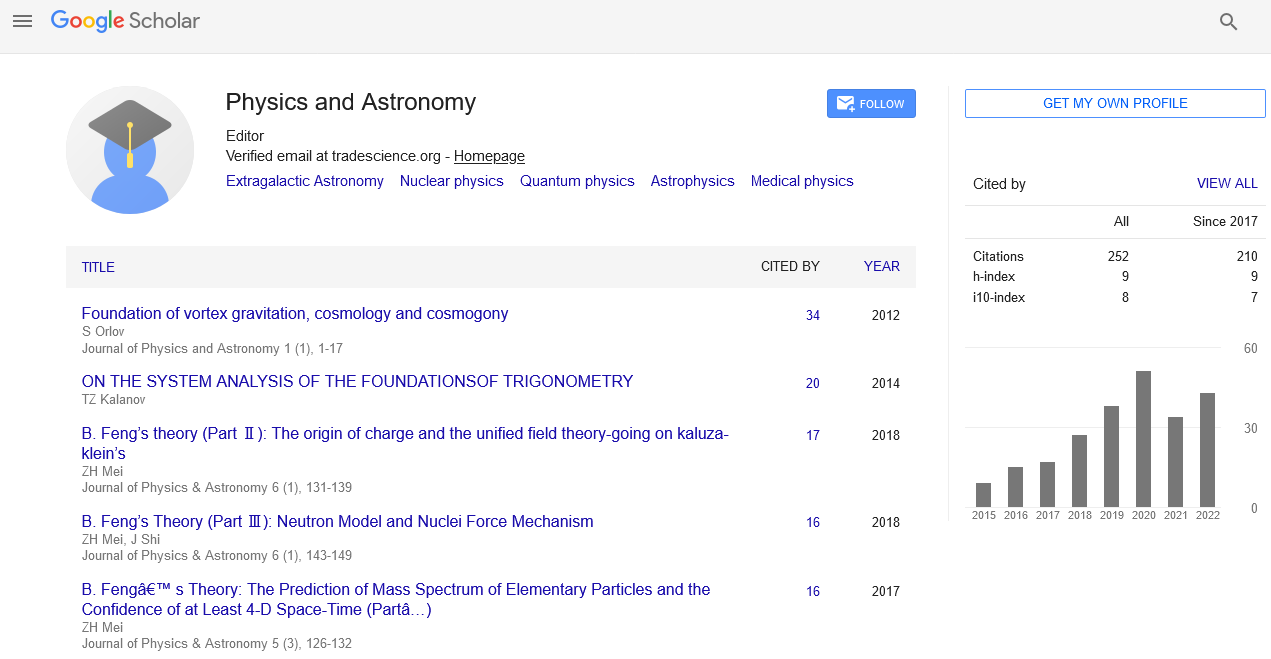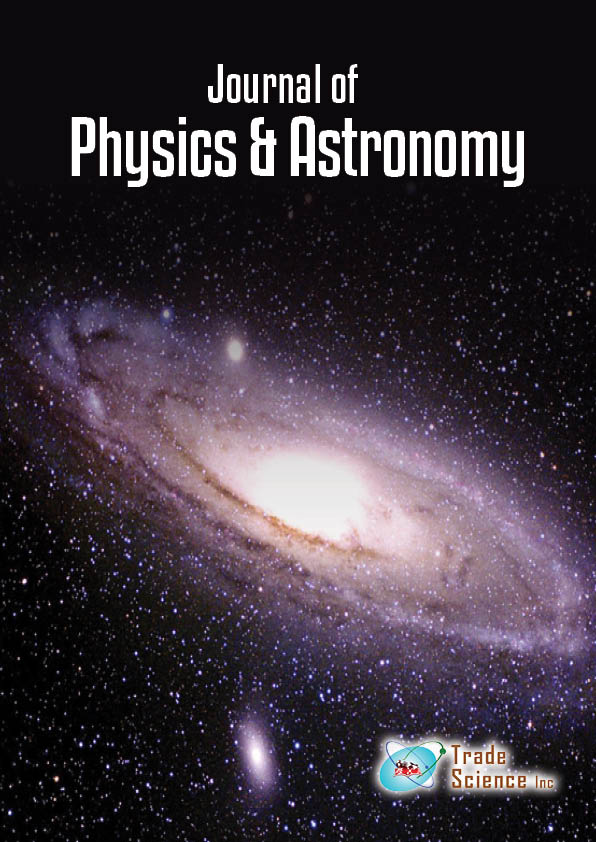Abstract
A New Explanation of the Mechanism of Hadley Circulation
Author(s): Wei HuangThe Hadley circulation (or Hadley cell) is traditionally described as a large-scale atmospheric circulation phenomenon driven by differential heating of the Earth’s surface: Warm, moist air rises near the equator, diverges poleward in the upper troposphere, and subsides in the subtropics. In this article, the mechanism of the Hadley circulation is revisited and a new model is provided to explain its mechanism. The new model is based on a form of the atmospheric dynamic equation which substitutes pressure with temperature and density; thereby categorizing weather systems into thermal and dynamic systems. Such classification is useful for explaining large-scale weather systems such as the Hadley cell. The proposed explanation for the mechanism of the Hadley circulation argues that subtropical highs are the driving force of the Hadley cell, rather than the conventionally-believed Intertropical Convergence Zone (ITCZ). To support our theory, we analyze the atmospheric air density flux divergence with the results from the Community Earth System Model (CESM) and derive a new continuity equation by adding source/sink terms, in which evaporation serves as the air-mass source, and precipitation (condensation) as the air-mass sink. Results found that the equatorial easterlies could be linked to the solar diurnal cycle, demonstrating that the trade wind can be generated by the solar diurnal cycle, especially in the spring and fall seasons, as well as from the equatorial branch of the subtropical high.

